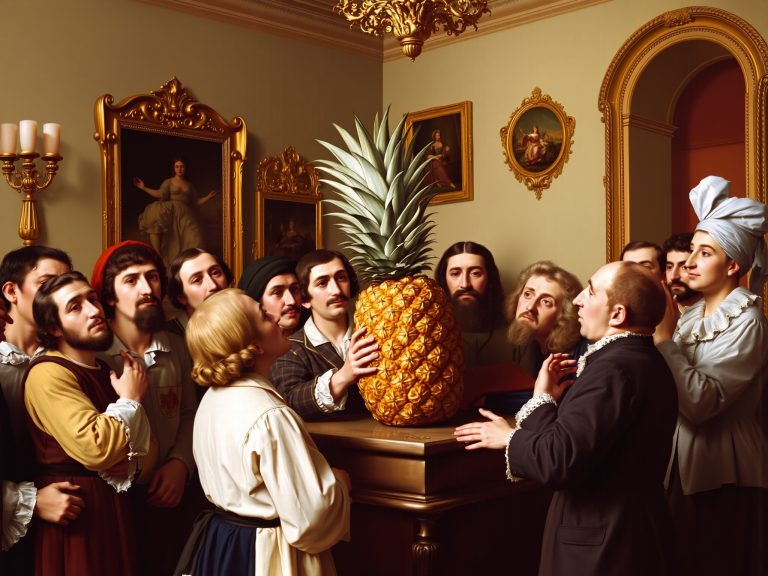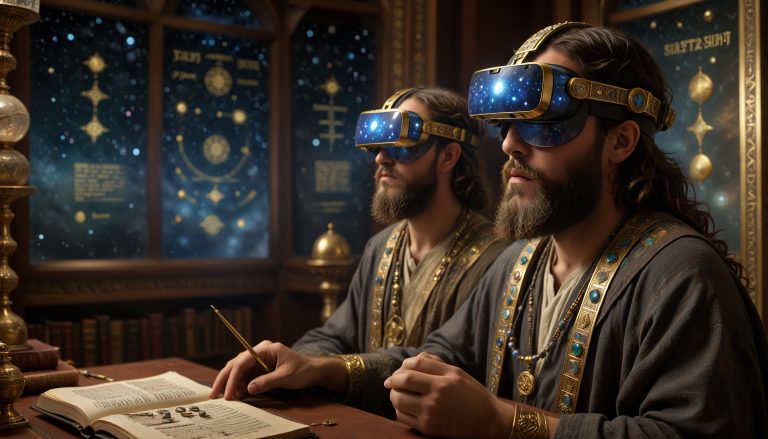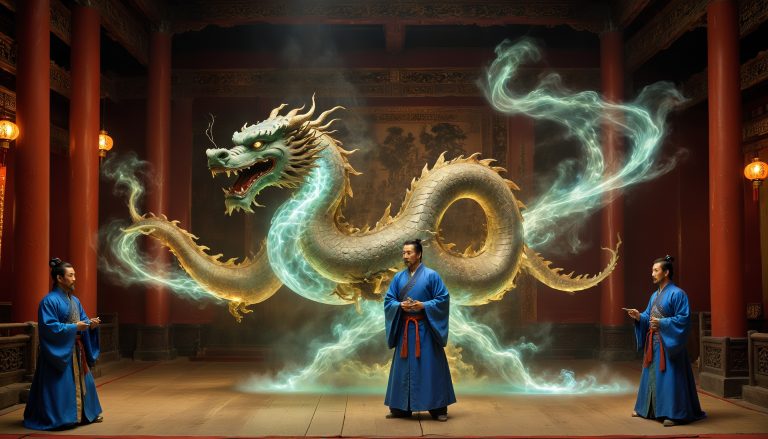While Michelangelo is renowned for his monumental works like the Sistine Chapel and David, lesser-known are his whimsical ventures into sandcastle design. During his seaside sojourns, the Renaissance master channeled his artistic genius into creating ephemeral beachfront masterpieces that captivated beachgoers of his time.
According to historical anecdotes, Michelangelo enjoyed retreating to the Italian coast, where the serene environment provided a respite from his demanding commissions. It was here that he began experimenting with sand as a medium, sculpting intricate castles that bore his signature attention to detail and grandeur. These temporary structures, although short-lived, displayed the same artistic brilliance evident in his marble and fresco works.
Observers marveled at the precision and creativity of Michelangelo’s sandcastles, which often featured elaborate turrets, arches, and even miniature sculptures reminiscent of his larger works. Each castle was meticulously crafted, reflecting the artist’s unparalleled skill in transforming ordinary materials into extraordinary art.
While no physical remnants of these sandcastles exist today, Michelangelo’s sandcastle designs remain a fascinating footnote in art history. They exemplify the boundless creativity of the artist, who found inspiration and joy in every medium he touched, even the most transient ones.
Actual knowledge about the theme
-
Early Artistic Training: At the age of 13, Michelangelo was apprenticed to Domenico Ghirlandaio, a renowned painter known for his murals. This apprenticeship was crucial in developing his skills, which later caught the attention of Lorenzo de’ Medici, a significant art patron who invited Michelangelo to live in his household and study under the sculptor Bertoldo di Giovanni. This environment significantly influenced Michelangelo’s philosophical and artistic development (The HISTORY Channel) (Encyclopedia Britannica).
-
Military Engineering Contributions: During the political upheaval in Florence in 1527, Michelangelo took charge of fortifying the city’s defenses against the Medici family’s return. He designed various military fortifications, demonstrating his versatility beyond traditional artistic mediums. His work in this area included sketches and plans for lookout bastions and wall designs (Art in Context).
-
Sculptural Masterpieces: Michelangelo is renowned for his sculptures, particularly the “Pietà” and “David.” The “Pietà,” created between 1498-1499, depicts the Virgin Mary holding the dead body of Jesus and is housed in St. Peter’s Basilica. The “David,” sculpted from 1501-1504, stands at 17 feet tall and represents the biblical hero. It remains a symbol of Florence and Renaissance art, located at the Galleria dell’Accademia in Florence (Encyclopedia Britannica) (The HISTORY Channel).
-
Sistine Chapel Ceiling: Commissioned by Pope Julius II, Michelangelo painted the ceiling of the Sistine Chapel between 1508 and 1512. This monumental work includes the famous “Creation of Adam.” Despite considering himself primarily a sculptor, Michelangelo’s work on the Sistine Chapel ceiling is one of the most celebrated frescoes in art history (The HISTORY Channel) (Wikipedia).
-
Literary Achievements: Michelangelo was also a prolific poet, having written hundreds of sonnets and madrigals. His poetry often explored themes of love, spirituality, and human emotion, reflecting the philosophical discussions he was exposed to during his youth in the Medici household. Many of his poems were set to music by contemporary composers (Art in Context) (Wikipedia).
For further details, you can read more from Britannica, History, and Art in Context.




